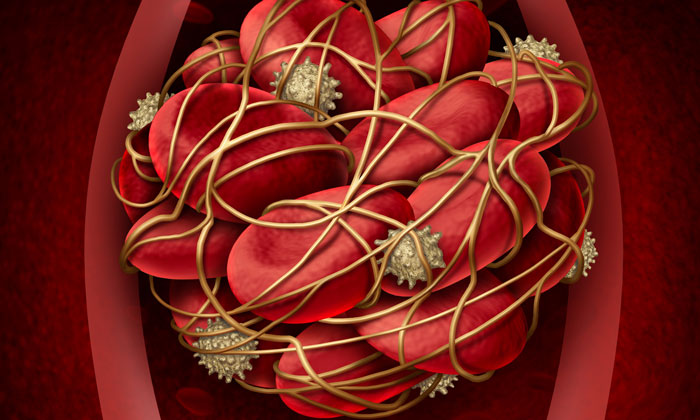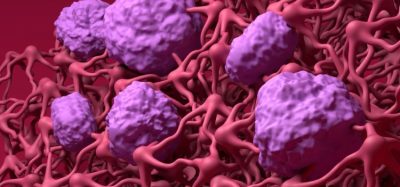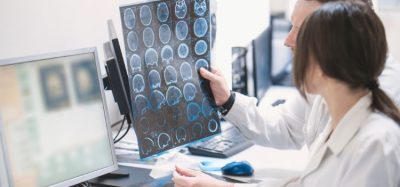Organ-chips model and predict thrombotic side effect caused by anti-CD154 antibody hu5c8
Posted: 3 May 2018 | European Pharmaceutical Review | No comments yet
An Emulate, Inc. study has demonstrated that its Blood Vessel-Chip accurately modelled and predicted thrombosis, or clotting of blood, induced by certain monoclonal antibody drugs, specifically anti-CD154 monoclonal antibody (mAb) hu5c8.


The study, published in Clinical Pharmacology and Therapeutics, is co-authored with scientists at Janssen Research & Development, LLC.
The study successfully accomplished the collaboration’s goal of initial validation of the Blood Vessel-Chip’s modelling of thrombosis for use in safety testing of drug compounds.
The researchers introduced an anti-CD154 therapeutic antibody (Hu5c8) into the Blood Vessel-Chip’s living microenvironment to observe the antibody’s biological activity. The Blood Vessel-Chip features a vascular channel lined with human cells that comprises the endothelium lining of blood vessels; this channel was perfused with human whole blood. The researchers tested the potential for the antibody to cause blood clots. In previous clinical trials during the period of 1999-2002, anti-CD154 antibodies were studied in patients with various autoimmune diseases1 and their clinical development was terminated due to the unexpected serious side effect of thrombosis observed in patients in the studies. The safety issues observed in the clinic were not predicted by preclinical animal testing.
“These results are a prime example of how our Organs-on-Chips technology can identify safety and efficacy issues earlier and more reliably in the drug development process, enabling the design and selection of drug candidates that have a higher potential of success in human clinical trials,” said Geraldine A. Hamilton, President and Chief Scientific Officer of Emulate. “This significant accomplishment of recreating thrombosis in an Organ-Chip is a milestone that we achieved through our collaboration with Janssen and academic colleagues at the Wyss Institute at Harvard University and at the University of Twente.”
The results in this paper demonstrate functionality of using Organ-Chips for testing for thrombosis and show the translational potential of the system to better predict human response.
In the study, the Blood Vessel-Chip recapitulated the occurrence of thrombosis with the anti-CD154 monoclonal antibody and recreated the key parameters of thrombosis, such as endothelial cell activation, platelet adhesion, platelet aggregation, fibrin clot formation and thrombin anti-thrombin (TAT) complexes.
In addition to reproducing clinically-observed thrombosis with the anti-CD154 antibody, this approach also offers several meaningful contributions to the future development of antibody drugs, such as immuno-therapeutics and oncology drugs, which have the potential to cause thrombosis as a side effect, including:
- New insights into the mechanisms of thrombosis induced by the anti-CD154 monoclonal antibody were gained by examining the interaction of the antibody with specific blood components within the Blood Vessel-Chip
- Blood Vessel-Chip enabled analysis of potential new biomarkers of thrombosis risk thanks to a new chip design that makes this kind of analysis possible
- Blood Vessel-Chip was used to evaluate a modified anti-CD154 antibody, designed with distinct binding properties (with an Fc domain that does not bind FcγRIIa receptor) to avoid the thrombosis risk of the original antibody. No pro-thrombotic effects were observed with the modified antibody in the Blood Vessel-Chip, suggesting a therapeutic design with a low potential risk for thrombosis.
The Blood Vessel-Chip provides a platform for preclinical assessment of thrombosis risk, efficacy testing of anti-thrombotic agents, mechanism of action elucidation, and potential biomarker identification. And it can do these in a patient-specific manner, as it utilises human whole blood.
In the published study, the Blood Vessel-Chip recreated the conditions and various physiologic parameters involved in clot formation in the human body and provided a mechanistic understanding of the factors implicated in thrombosis. Using Organ-Chips, researchers demonstrated:
- Creating a microenvironment to emulate the physiological function of endothelium-platelet interactions, flow of blood, and related mechanical forces involved in platelet aggregation and clot formation;
- Analytical methods integrated into the new chip design allowed for measurement of clinically relevant biomarkers and showed the potential of the technology for new biomarker identification
- Molecular and cellular level resolution to evaluate platelet activation and aggregation and interaction of endothelial dysfunction and blood-derived factors in causing thrombosis or bleeding;
- Analysing platelet-endothelial interactions under pathophysiological conditions relevant for thrombosis research.
Reference
- Dumont FJ. IDEC-131 IDEC/Eisai. Curr Opinion Invest Drugs 2002;3:725-34. Google Scholar
Related topics
Related organisations
Emulate, Harvard University, Janssen Research & Development LLC (JRD), University of Twente






